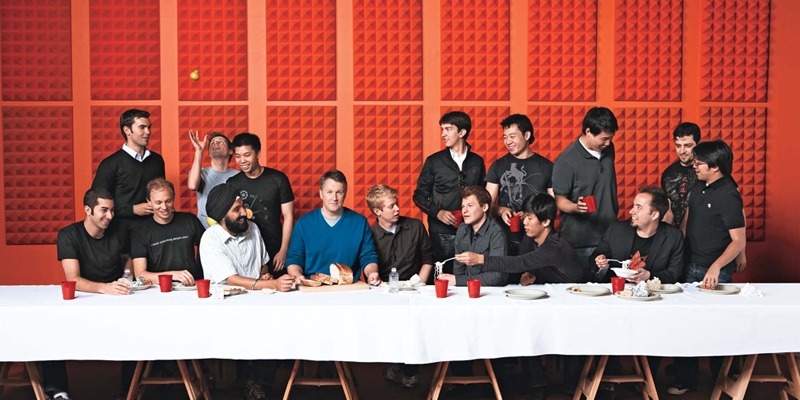
Meeting the Y Combinator Partners: Sniply YC Interview
February 23, 2021WE JUST INTERVIEWED AT YCOMBINATOR — HERE’S THE FULL TRANSCRIPT
We published the written application that got our 4-week old startup, Snip.ly, an interview with Y Combinator. We flew down to meet the partners but alas, we were rejected. Nonetheless, we’re sharing our full interview to help others prepare for their applications in the future.
This transcript was re-constructed to the best of our abilities from our collective memory, it should be largely accurate but please pardon any discrepancies. For privacy reasons, specific names and organizations have been intentionally kept out.
11:45 am — 320 Pioneer Way, Mountain View
YC Partner: So you guys are making a link shortener?
Me: Yes.
YC Partner: Like Bit.ly?
Me: Let’s dive into why Bit.ly is not as good. We built the only link shortener that drives conversion. Bit.ly just shortens your link. We actually allow you to add a call to action to the page that you’re sharing.
So what would be an example use case?
Let’s say I’m running a charity. I can share a CNN article on the Japanese earthquake, and I can actually add a message inside that says “support these victims – donate now” and include a link to my charity.
So you frame the article?
Right.
They don’t do frame breakers anymore?
Of the top 1000 sites, 89% of them have no limitations around iframes. Typically the ones that block it are secured sites like banks, and those are not the typical sites that people share.
Do you have customers? How far along are you?
We launched 7 weeks ago, as of today we have around 700 users, and we’ve been tracking 13% week over week growth.
Who’s the biggest user?
The biggest user right now is [a University in Canada]. They’ve shared a good number of links, and I actually work with them personally to develop their call-to-actions. We give our users the opportunity write any message, but just like Google Ads, it’s not always easy to write a good one-liner. I studied everything about them and identified all their potential call-to-actions, such as job opportunities and campus tours. We do a lot of hand holding with our users to help them write effective Snips.
Have they been successful with their calls to action?
Our 700 users have created 7,000 links, and those 7,000 links have generated 70,000 clicks. The call-the-action click through rate is 3%.
Let’s check it out, see what it looks like.
I have a few articles here. This is a Forbes article on “Why Hipmunk is the best travel site in the world”, I want to share it so I come to Snip.ly (snip.ly), I put in the long url and add a message “book your flight today on hipmunk.com” (snip.ly/as6). I can generate a Sniply link, and now instead of sharing a Bitly, people who click on the link will be read this article about Hipmunk along with an immediate call-to-action to book your flight on Hipmunk.
Here’s are a few more examples:
Airbnb on Buzzfeed (snip.ly/NIY)
Myo on The Next Web (snip.ly/FtW)
Optimizely on Smashing (snip.ly/Hst)
Pebble on Gizmodo (snip.ly/xoM)
My brain filters that out. I only notice it because you pointed out the message at the bottom.
That’s actually by design. We don’t want to be intrusive. We want people to be engaged with the actual content, and this approach has resulted in our 3% click through rate. I think there’s room for improvement, such as designing different ways to display the message.
Where have they been showing the links?
Mainly on social media; Twitter, Facebook, Linkedin. We have about 30% through email and 70% on social networks.
And then you said 3% click through rate on the banner?
Yes.
That’s pretty good. So what’s the plan for this?
The reason why people use us is because we drive conversion. Everything we do is to fulfill that end. Right now we’re working on ways to optimize conversion. In the demo, you saw text links. We’re working on things like the ability to add buttons and various types of interactions. We’re closer to the bottom of the funnel than any other link shortener, we’re closer to the money, and we want to be even closer to the conversion point. We plan to integrate elements like form fields, where you can subscribe to something directly in the Snip, or payment integration so users can make purchases on the spot.
Is this a durable business? Do you think it’ll be easy for someone to clone what you’ve done?
Nearly half of our users have our browser plugin installed. So we’re integrated into their workflow and that’s going to increase.
But if Bitly added this tomorrow…
It’s typical innovator’s dilemma. Their focus is very different. Their core product, the brand tools, start at $1,000/mo. It’s quite a jump for them to do what we do. We’re willing to bet that by the time Bitly responds, we’d already be quite established. I also think this is a startup that YC could have a big impact on, because if you can connect us with the right influencers early on, it would make it very difficult for new comers to enter the space.
Why is it difficult for new comers?
Brand affinity is really important. If [a key influencer] starts using it, there’s a good chance their followers would embrace it as well. Once people start integrating Snip.ly into their workflow, it’ll create a barrier to entry. We also have a growing database of user analytics. The longer you use Snip.ly, the more data you’ll have access to in our dashboard. There’s also an opportunity to build optimization tools. Right now, I’m manually optimizing messages for our users, one by one. Consider Mailchimp and their automated optimizations to improve Open Rates, or Google Ads and their resource pool on how to write effective ads. Compared to new comers, we’ll have a lot more data in terms of what actually drives conversions.
What’s the revenue model?
A handful of users have approached us asking for a paid version. Some of the paid features include custom url, customization of how the bar looks, different colors, fonts, etc. We plan to start with a SaaS model. Our product becomes more valuable as we move into users with more followers, so when we scale into top influencers and big brands, we may consider a pay per click model based on actual conversions.
Do you think the sites will mind that you’re doing this?
Content owners actually love us. What we bring to the table is incentivized sharing. People are more likely to share content as a result of Snip.ly. We confirmed this with [a large Canadian tech publication] and they reported a rise in content sharing since the launch of Snip.ly. We matched this with our own analytics and found that before and after using Snip.ly, users share 14% more links than they did before.
How did you guys end up working on this?
We think it’s really the perfect timing. Buffer and Hootsuite have made it extremely easy to share, and there’s more content out there than ever before.
How excited are you about working on link shortening for a significant chunk of your life?
The users are the ones that get us excited. The people who actually derive value from our product. According to [an executive from Yahoo], enterprise marketing campaigns generally see conversion rates between 0.3-0.4%, so our 3% conversion is really exciting. We’re also excited about the fact that we’re tapping into the true motivation behind sharing. A lot of people share. Hootsuite has 8 million users, they’re all sharing, but almost everyone has a call-to-action. They want you to buy their book, try their service, whatever it is. We see Snip.ly as much more than just link shortening, Snip.ly doesn’t just give you more characters in your tweet, it actually drives conversion. It’s also really exciting to watch how people use Snip.ly. We’ve seen people overlay promo codes on Eventbrite pages, add commentary to give context to the content, offer limited time freebies, and everything we see inspires us on what to build next.
Is this growing virally?
Absolutely no paid marketing. Everything has been referral and word of mouth. Every time someone clicks on a Snip.ly link, they see the Snip.ly bar. The 70,000 clicks are all impressions for our product.
How many users did you say?
700 users, launched 7 weeks ago.
And how fast are you growing?
13% week over week.
How long have you all worked together?
We worked on a previous startup together, we met a year and a half ago at [a Canadian accelerator]. The previous idea didn’t work out but we stayed together.
Who does what in the team?
I come from a design background and I also spend most of my time talking to our users. [Chris and Nigel] do the technical programming.
Is it an equal split among the 3 of you?
Yes.
Okay it’s time to wrap up, thank you.
7:03 pm — Email from [YC Partner]
I’m sorry to say we decided not to fund you. It was a difficult decision because we enjoyed talking to you, Chris and Nigel and we like the idea of a link shortener with conversion.
We can see how you could build a solid revenue-generating business with this, but we worry we can’t see it becoming the huge type of company that investors like to fund. We’d encourage you to think about what this is a feature of on the path to being the next Google.
We wish you the best of luck and we’d be happy to hear from you again in the future.
The entrepreneurial spirit is all about sharing. We decided to share this to help others prepare for their YC interviews in the future. Please pay it forward, share this with your friends, we’re all in this together!






